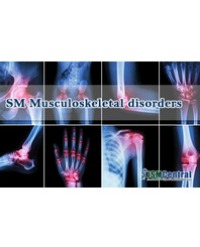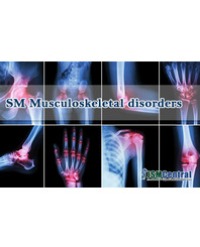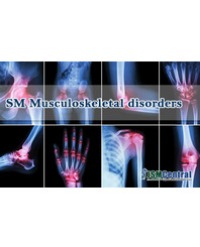
The Autosomal Dominant Facio Scapulo-Limb Type 2 (The Same Disease as the FSHD1 or the Facioscapuloperoneal Muscular Dystrophy with 4q35 Chromosomal Deletion). Some Peculiarities of the Pattern of Muscle Involvement
We examined 59 patients (33 symptomatic and 26 presymptomatic) from 21 autosomal dominant families with 4q35 linked muscular dystrophy with the initial involvement of the face and shoulder girdle muscles and subsequently of the peroneal group (anterior tibial) muscles. However in most symptomatic patients the dystrophic process is not limited to these anatomical regions and is gradually extended to the thighs (posterior group of the muscles, but not quadriceps), pelvic girdle (gluteus maximus, but not gluteus medius) and not always to upper arm (biceps brachii). The dynamics of the clinical muscle pattern at different stages of the disease was confirmed by CT and MRI muscle study. Thus, our clinical study, CT and MRI studies show that in observed patients there are widespread involvements of the lower limb muscles. In this connection, the inaccuracy of the term “facio-scapulo-humeral (FSH)” or “Facio-Scapulo-Peroneal (FSP)” or “scapuloperoneal with minimal/slight affection of facial muscles [(F)SP]” muscular dystrophy becomes evident. The term “Facioscapulolimb Muscular Dystrophy, type 2 (FSLD2), descending with a “jump” with initial (F)SP or FSP phenotypes with 4q35 deletion” would be more correct. The (F)SP or the FSP phenotypes constituted merely a stage in the development of FSLD2. In many observed patients we revealed a very slight weakness (or atrophy) of individual mimic muscles or their parts, especially during the scapuloperoneal phenotype stage of the disease. A usually slight degree of weakness of the biceps brachii muscles was followed as a rule by the weakness of the peroneal group, posterior group of the thigh and gluteus maximus muscles. We suppose the FSLD2 is an independent form of the muscular dystrophy.
Valery M Kazakov¹,², Dmitry I Rudenko¹,², Vladislav O Kolynin¹,², Tima R Stuchevskaya¹,², and Alexander A Skoromets¹*




